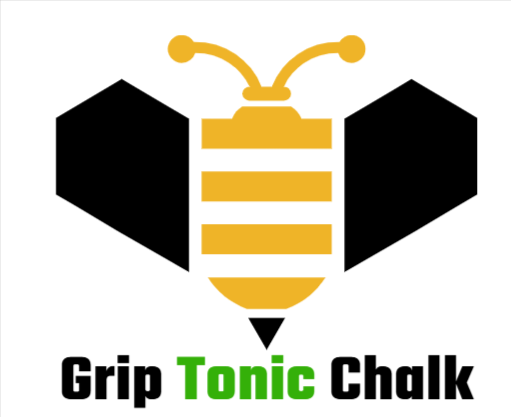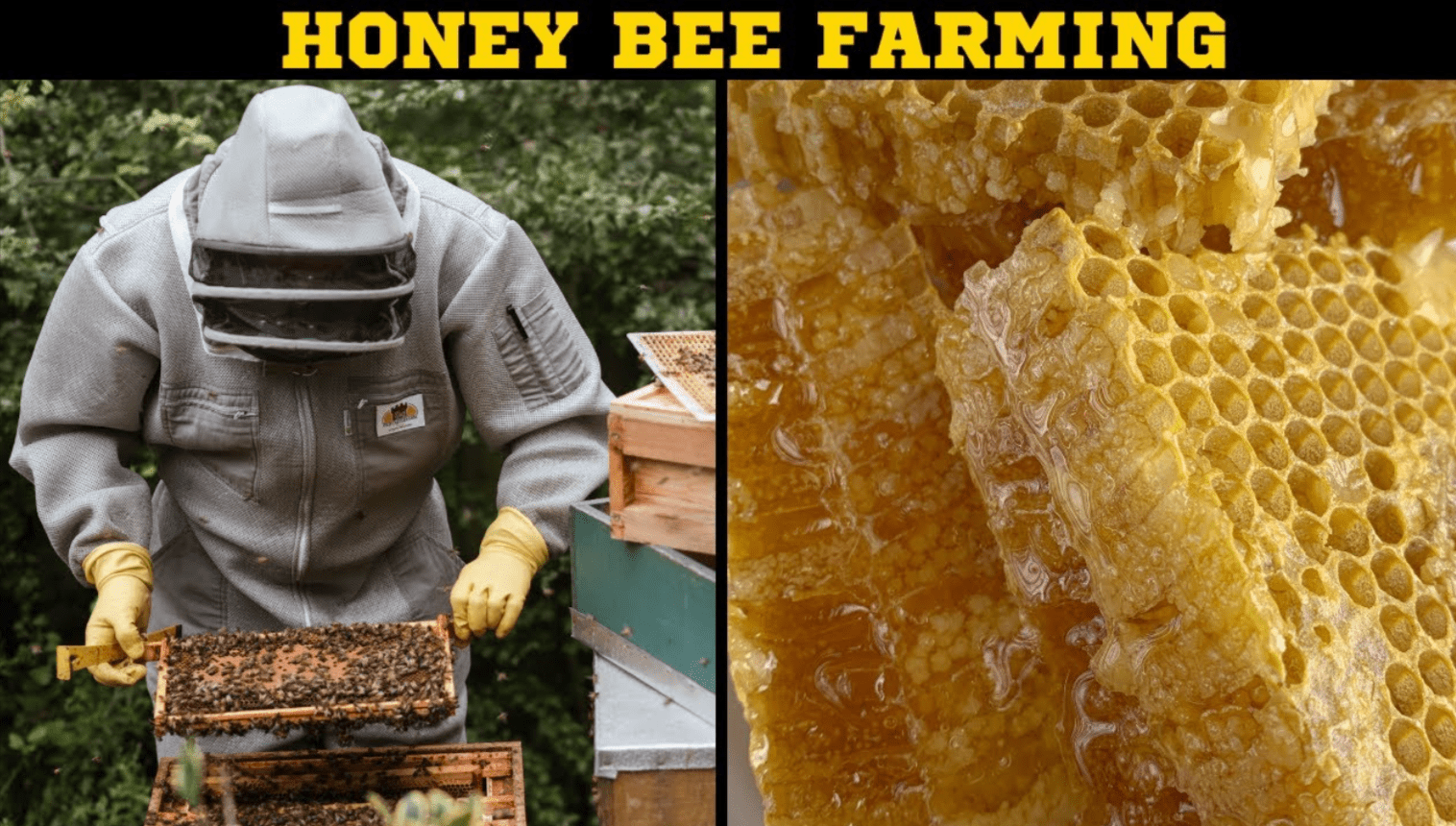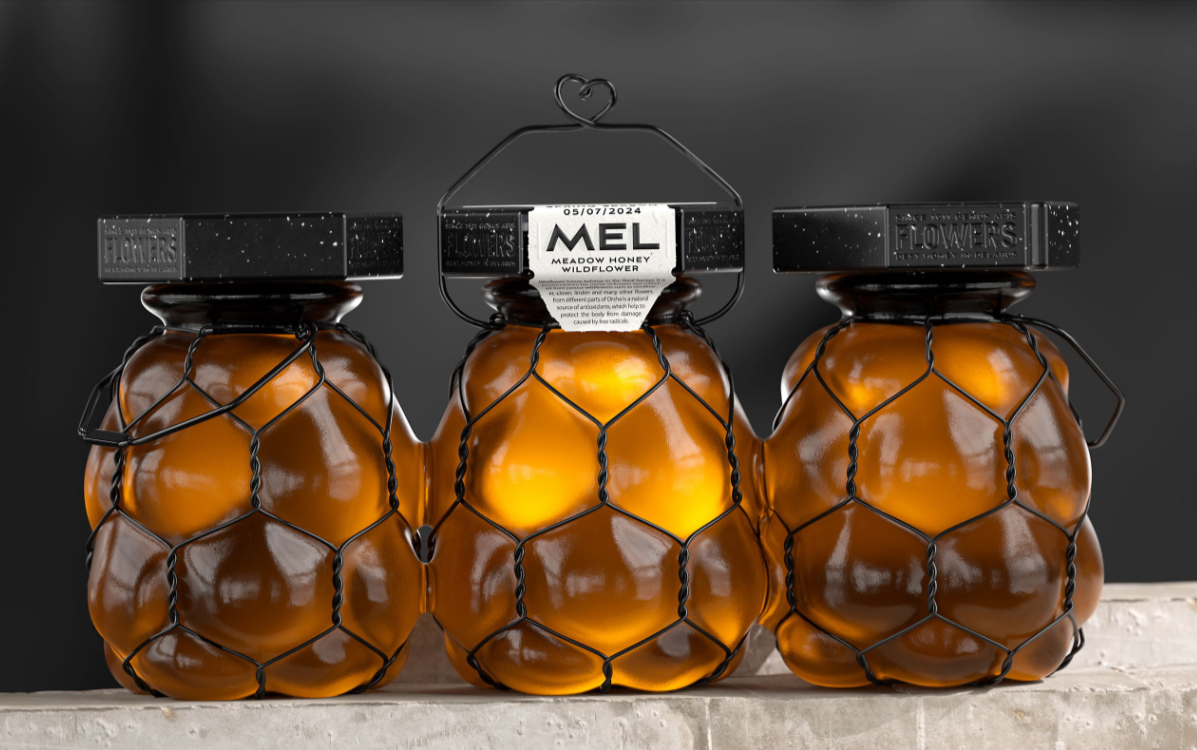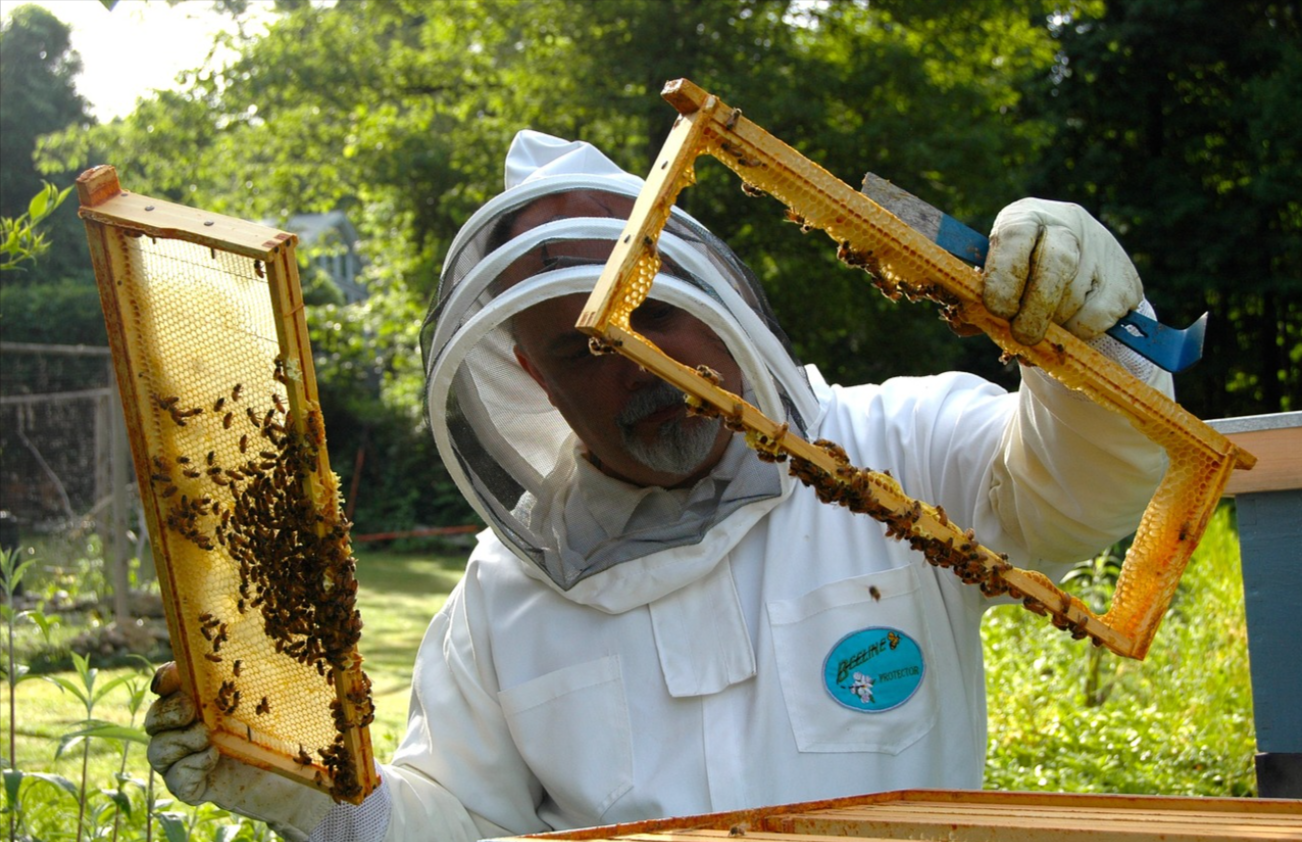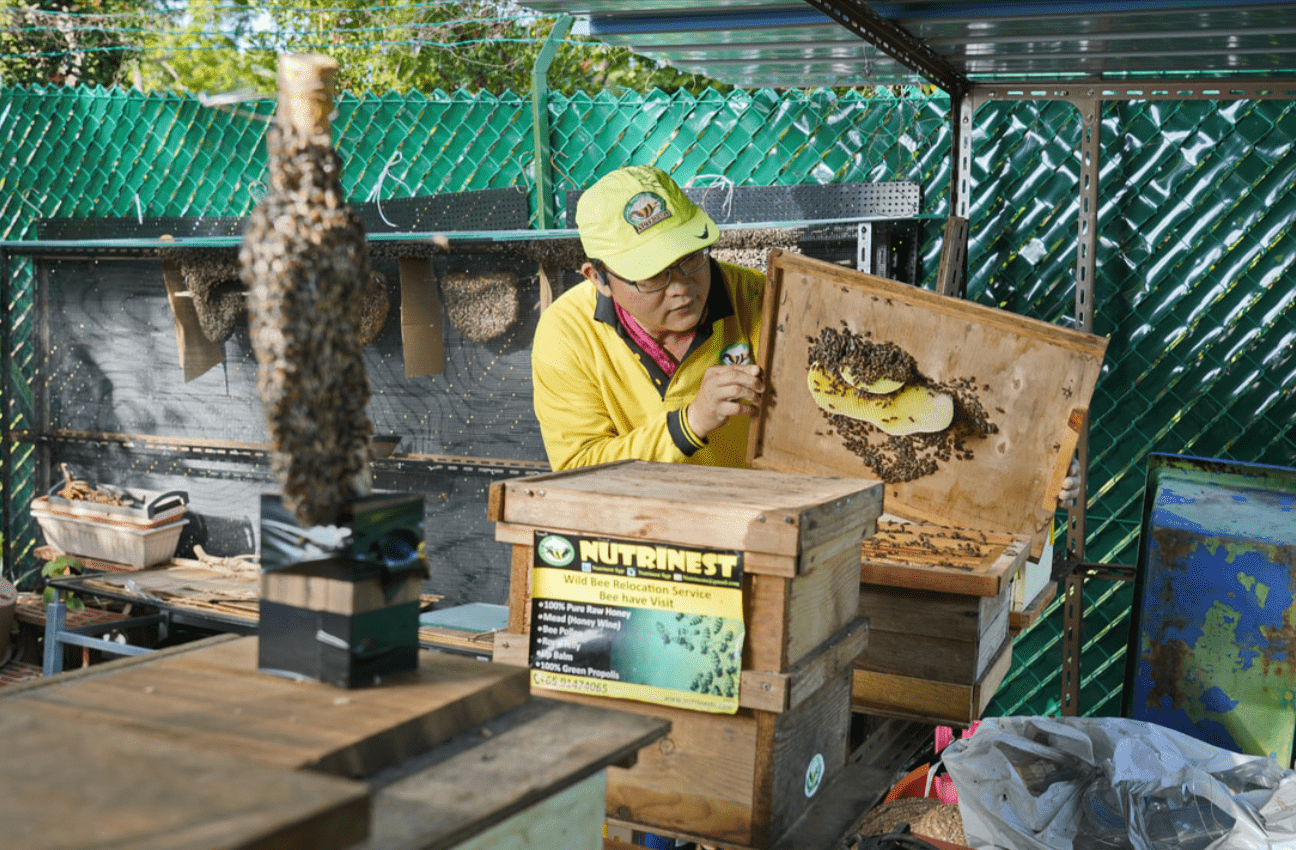How to Protect Your Beehive from Pests and Predators
Like any other wonderful thing, beekeeping has a few challenges as well. The greatest danger of a beehive comes from the pests and predators. These threats can be as small as tiny mites or as large as mammals and can damage or even destroy a whole colony if ignored.
Today this guide will be all about the many threats your beehive might be subject to, the way of identifying infestation and the natural and practical ways to protect your bees.
Beehive Pests and Predators that Frequently Threaten Beehives
1. Varroa Mites (Varroa destructor)
Varroa mites are one of the most harmful pests of honeybee colonies. These microscopic parasites latch on to adult bees and larvae, drinking their bodily fluids while spreading lethal viruses.
Signs of Varroa Mites Infestation:
- Deformed wings on worker bees
- Spotty brood pattern
- Weak or dying colony
- Adult bees or on the bottom board of the hive.
Prevention and Control of Varroa Mites:
- Regular Checking: Check for mites using a sugar shake, alcohol wash, or sticky board test.
- Integrated Pest Management (IPM): Alternate treatments to to avoid the development of mite resistance.
- The Best Natural Treatments — Powdered Honey Dusting, drone comb trapping, essential oils.
- Chemical Treatments: Use oxalic acid, formic acid, or thymol-based treatments if the infestation is heavy.
2. Wax Moths (Galleria mellonella & Achroia grisella)
Wax moths enter a hive to lay their eggs, and their larvae burrow into the wax comb, consuming honeycomb and compromising the hive structure.
Indications of Wax Moth Infestation:
- Silky webbing inside the hive
- Tunnels in the comb
- Dark fecal materials produced by the larvae
- Weak, struggling colony
Preventing and Handling Wax Moths:
- A Strong Colony Defense: A healthy and strong colony can repel wax moths.
- Store: Empty frames should be kept either frozen in a freezer or in a well-ventilated area to avoid moth laying eggs.
- Traps: Wax moth traps with apple cider vinegar, some sugar, and water.
- Regular Inspections: Throw away badly infested frames.
3. Small Hive Beetles (Aethina tumida)
Small hive beetles (SHB) reproduce inside the hive, with larvae tunneling through comb and feeding on honey and pollen. They also ferment honey, rendering the bee food unusable.
Signs of Small Hive Beetle Infestation:
- Presence of small black beetles inside the hiveSlime covering honeycomb
- Fermented honey smell
Escape Hatch: tt — Small Hive Beetle Prevention and Control
Hive Arrangement: Place hives in direct sunlight, as the SHB loves shady, moist areas.
Beetle Traps — Oil-filled stays in the hive to catch adult beetles.
Screened Bottom Boards — These keep larvae from getting to the soil to pupate.
Resilient Colonies: Weaker colonies are more at risk so a strong colony is a benefit.
Ants
Ants invade beehives to steal honey, and they can at times scare away an entire colony.
Signs of an Ant Infestation:
Ants forming trails leading into the hive
Mounds of dead ants at the entrance of the hive
Bees abandoning the hive
Ant Prevention and Control: How to Do It Right
Hive Moat: Fill containers of water or oil and put hive legs into them to keep ants from crawling.
Cinnamon Barrier: Scatter cinnamon around the hive, as ants hate its smell.
Clean Area: Do not spill honey or syrup nearby the hive.
Wasps and Hornets
Wasps and hornets will attack beehives to burrow in for honey and feast on bees. Some species, such as the Asian giant hornet, can wipe out entire colonies.
Tips Based on Wasps & Hornet Attacks:
Lots of activity around the hive by wasps
The death of bees in front of the hive entrance
Robbing behavior (wasps were aggressively entering and exiting)
How to Control and Prevent Wasps and Hornets:
Smaller Entrance: An entrance reducer makes it easier for the guard bees to keep out intruders.
Traps: Place traps with sugar water or meat baits away from the hive.
Remove Nearby Nests: Find and eliminate any wasps nest nearby
Able Colonies: Denser hive will defend itself better.
Mice and Rodents
In cold months, mice and rodents will find beehives and eat comb, disturbing the colony.
Signs of Rodent Presence:
Chewed wax and frames
Droppings inside the hive
Damaged hive equipment
PREVENTING AND CONTROLLING RODENTS:
Mouse Guards: Metal mouse guards can be placed over the entrance of hives in fall and winter.
Elevate the Hive: Put hives on stands to make it hard for skunks to access.
Remove them Food Sources Usually: Remove whatever spilled honey or wax scraps обязательноно attract rodents.
Bears
Bears have a particular penchant for honey and will rip into beehives to get at it, sometimes annihilating entire colonies in the process.
How to Prevent Bear Attacks:
Electric Fencing – An electric fence that is properly installed is the best deterrent against bears.
Hive Placement: Do not place hives close to bear habitats.
Scent Deterrents: Some beekeepers will apply strong smelling deterrents (such as ammonia or predator urine) to keep the wasps away from their beehive.
General Hive Maintenance Tips to Protect Your Investment for Years
Although targeted solutions are necessary for specific pests and predators, there are some general practices that assist in protecting your hive throughout the year.
Maintain a Strong and Healthy Colony
A strong colony is better able to withstand pests and predators.
Keep tabs on pests, disease, queen health, and brood patterns.
Maintain Hive Hygiene
By removing debris, dead bees and any old comb to reduce pest attraction.
Ensure that the hive is well-ventilated to prevent moisture accumulation, which lures pests.
Perform Regular Inspections of Your Hive
Check for signs of infestations on a weekly to bi-monthly basis.
Have a sense of urgency at the first inkling of a problem so you can stop small problems from becoming big problems.
Provide Proper Nutrition
Above, ensure bees can forage nectar and pollen sources all year around.
Provide sugar syrup or pollen patties for times when nectar is scarce.
Secure the Hive
Keep hives elevated on strong hive stands.
Secure hives in breezy situations so they won’t blow over.
Natural Repellents and Treatments
Some pests can be deterred with essential oils such as lemongrass and tea tree oil.
Sprinkling diatomaceous earth around the base of the hive can also assist in controlling beetle larvae.
Conclusion
Safeguarding your beehive against pests and predators is crucial to a healthy bee colony. With an awareness of common threats, regular monitoring of your hive, and preventative measures taken, you can keep your bees safe and productive all year round.
Tip: A strong healthy hive is the best defense against attacks. But if you provide the proper care, attention, and strategic interventions, your bees will continue to pollinate, make honey, and help balance the ecosystem.
